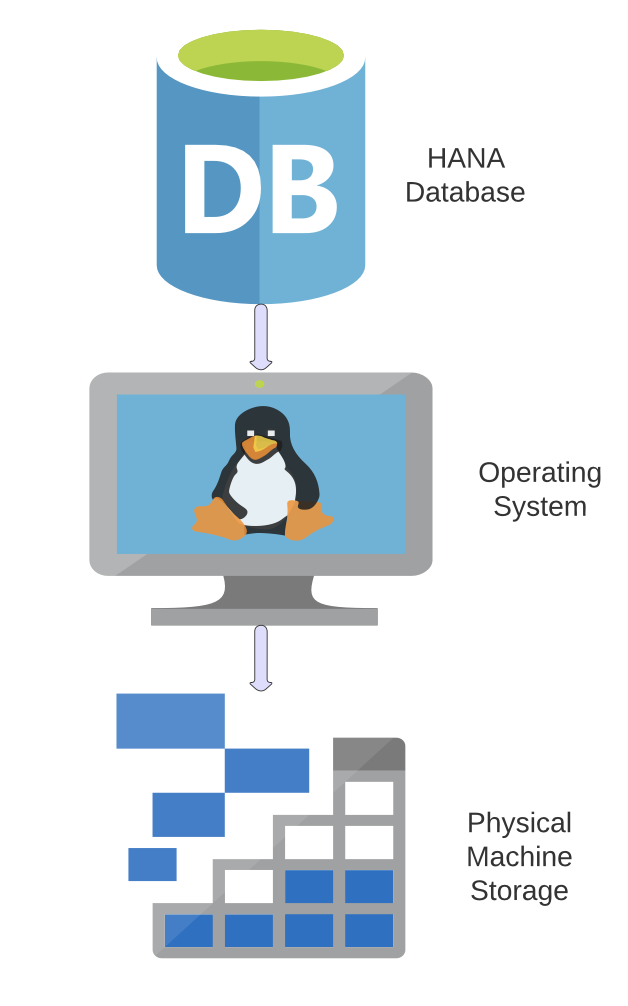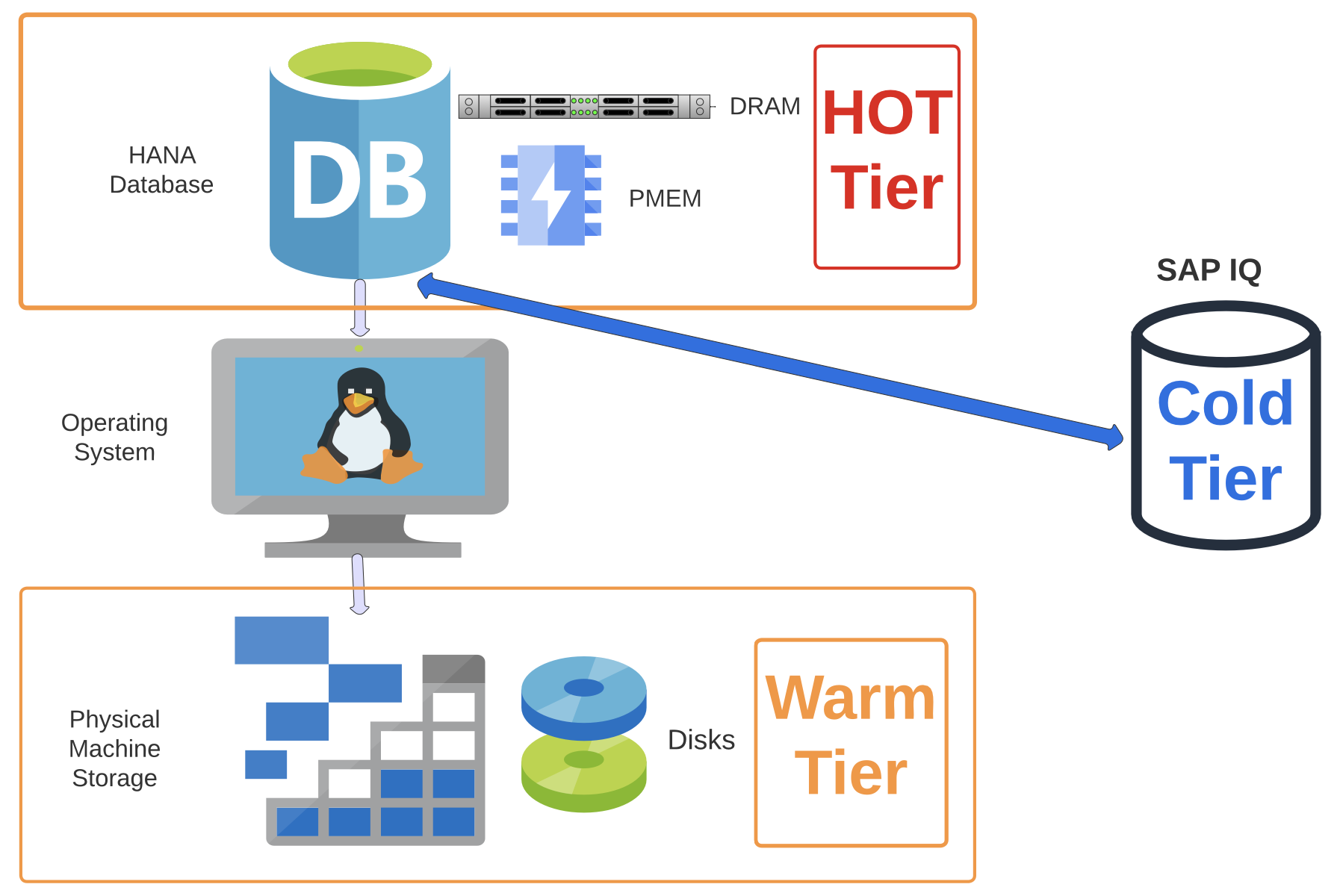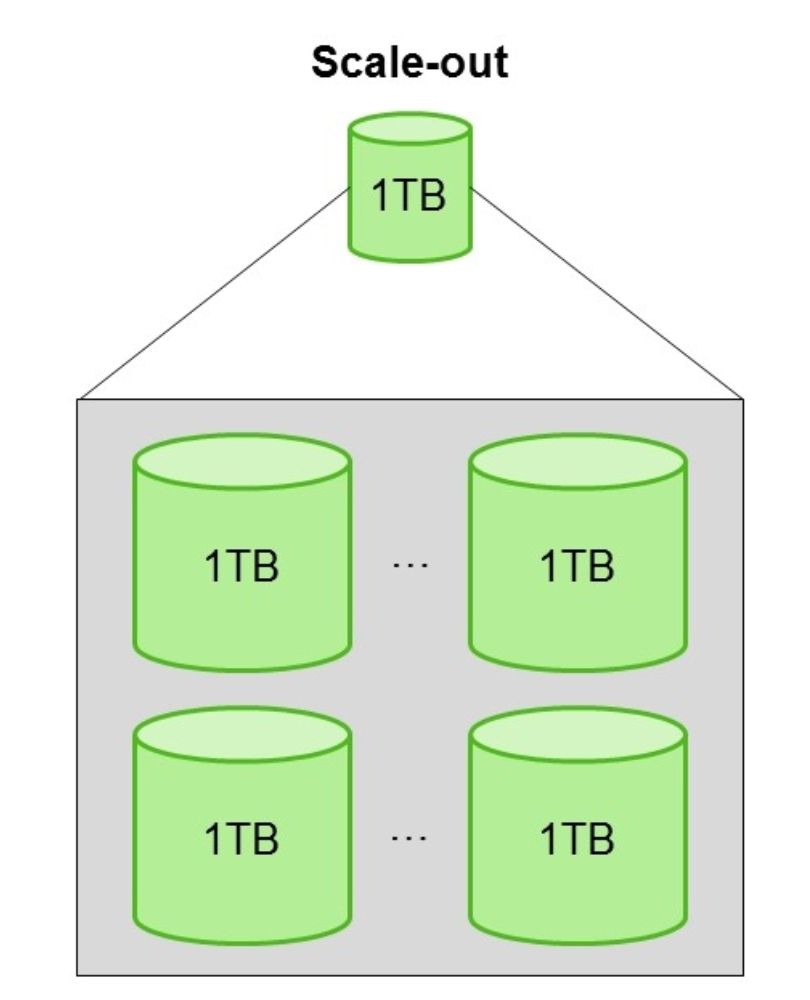
Aprende en Comunidad
Avalados por :





Exploring HANA Database Terminologies: A Beginner's Guide
- Creado 01/03/2024
- Modificado 01/03/2024
- 3 Vistas
0
Cargando...
Hello Everyone,
How are you? It's been a long time since I wrote my last blog. My intent in writing is to always explain the technology in the simplest of language.
For this blog let us try to understand HANA Database terminologies, that we may or may not know while we get busy with our day-to-day tasks.
So below are the terms I am planning to explore. In this blog, I will cover the first 5 terms. The rest will be covered in part 2.
So if I say I am storing a lot of data in Excel in the form of rows and columns, can I call this data as a database. Technically yes.
DBMS stands for Database Management System, and RDBMS is the acronym for the Relational Database Management system. In DBMS, the data is stored as a file, whereas in RDBMS, data is stored in the form of tables .
Below will give you a glimpse of the difference.
Our HANA Database falls under the category of RDBMS. So when we say that we have a HANA database, we are referring to the software used to access the database. So there can be any database software Oracle or HANA; its primary goal is to access the data most efficiently.
Below is the diagrammatic illustration for the same
HANA Database is the database instance that is installed to manage your data. Its primary task is to fetch the data from the storage data and provide you a computed results.
But as HANA is an in-memory database it holds your data in persistence memory and DRAM (Volatile Memory). We will cover this topic later.
The operating system serves as a platform where the database is installed and the data is stored in the form of relational tables. Currently, SAP HANA is available on SUSE Linux and Red Hat Linux.
Physical Machine storage has your data and log files. It is basically your SSD or hard disk.

Scale-out means combining multiple independent servers into one large SAP HANA database system. The main reason for distributing an SAP HANA database system across multiple hosts (scaling out) is to overcome the hardware limitations of a single physical server. This allows an SAP HANA database system to distribute the load between multiple servers.
How are you? It's been a long time since I wrote my last blog. My intent in writing is to always explain the technology in the simplest of language.
For this blog let us try to understand HANA Database terminologies, that we may or may not know while we get busy with our day-to-day tasks.
So below are the terms I am planning to explore. In this blog, I will cover the first 5 terms. The rest will be covered in part 2.
- Database
- HANA Database
- Scale-out
- Scale-up
- Data Tiering
- Persistence Memory
- MDC, MCOD
- HANA Server Components
- High Availability
- Disaster Recovery
Database
So if I say I am storing a lot of data in Excel in the form of rows and columns, can I call this data as a database. Technically yes.
DBMS stands for Database Management System, and RDBMS is the acronym for the Relational Database Management system. In DBMS, the data is stored as a file, whereas in RDBMS, data is stored in the form of tables .
Below will give you a glimpse of the difference.
HANA Database
Our HANA Database falls under the category of RDBMS. So when we say that we have a HANA database, we are referring to the software used to access the database. So there can be any database software Oracle or HANA; its primary goal is to access the data most efficiently.
Below is the diagrammatic illustration for the same
HANA Database is the database instance that is installed to manage your data. Its primary task is to fetch the data from the storage data and provide you a computed results.
But as HANA is an in-memory database it holds your data in persistence memory and DRAM (Volatile Memory). We will cover this topic later.
The operating system serves as a platform where the database is installed and the data is stored in the form of relational tables. Currently, SAP HANA is available on SUSE Linux and Red Hat Linux.
Physical Machine storage has your data and log files. It is basically your SSD or hard disk.

Scale-out
Scale-out means combining multiple independent servers into one large SAP HANA database system. The main reason for distributing an SAP HANA database system across multiple hosts (scaling out) is to overcome the hardware limitations of a single physical server. This allows an SAP HANA database system to distribute the load between multiple servers.
Scale-up
Pedro Pascal
Se unió el 07/03/2018
Facebook
Twitter
Pinterest
Telegram
Linkedin
Whatsapp
Sin respuestas
 No hay respuestas para mostrar
Se el primero en responder
No hay respuestas para mostrar
Se el primero en responder
contacto@primeinstitute.com
(+51) 1641 9379
(+57) 1489 6964
© 2024 Copyright. Todos los derechos reservados.
Desarrollado por Prime Institute
Hola ¿Puedo ayudarte?




